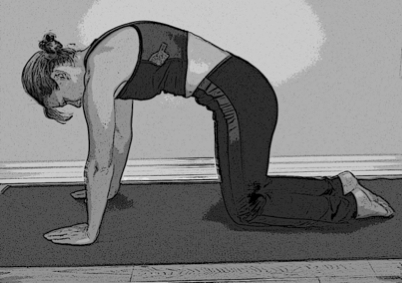Want to feel better than you’ve ever felt?
Here’s another excerpt from my 10th book, The Secret of Vigor – How to Overcome Burnout, Restore Biochemical Balance and Reclaim Your Natural Energy
Some of the most popular New Year’s resolutions every year are:
*Lose Weight
*Get in Shape
*Reduce Stress
*Get Healthier
*Win the Lottery
The Secret of Vigor can help you with 4 out of 5 of the most popular resolution goals, so I’ll be posting excerpts from the book for the next several weeks – so please stay tuned for each installment.
If you simply can’t wait, then you can certainly get a copy at http://amzn.to/1eju3wu or at your favorite library or bookstore.
VIP: FlexSkills
In addition to the twenty-eight-minute walking program outlined earlier, you should consider also adding the flexibility exercises described below to further improve your circulation, balance, and strength. I call each of these ten exercises “FlexSkills,” and I’ve used them to help elite athletes in virtually every type of sport improve their stress resilience, flexibility, and resistance to injury.
For each FlexSkill, you want to “hold” the position for thirty to sixty seconds. Each “cycle” of ten exercises, then, takes only five to ten minutes and can be performed either as a warm-up/cool-down on the days that you also do your Interval Walking or as an exercise circuit on its own. For example, you could go through all ten FlexSkills two or three times as your workout instead of walking. You may also want to use a floor mat or large towel when performing these skills.
2. Arch (Targets: spine, neck, lower back, hips, abdominal area)
This FlexSkill is sometimes called “the Cat” by yoga instructors, and it resembles a modified version of a standard yoga pose known as “Downward-Facing Dog.” You can move directly into the Arch position from Child’s Pose, or you can pause, take a breath, and start from the kneeling position below.
From a “hand and knees” kneeling position, keep your hands shoulders’ width apart (directly beneath your shoulders). Slowly arch your back upward (as a scared cat might arch its back) and point your head downward using a count of five, pausing for another count of five at your highest arch point. Slowly arch your back downward and your head upward, using the same five-second count, pausing at your lowest arch point for another count of five. Continue breathing deeply through three full repetitions of arching upward and then downward for a total duration of sixty seconds.

